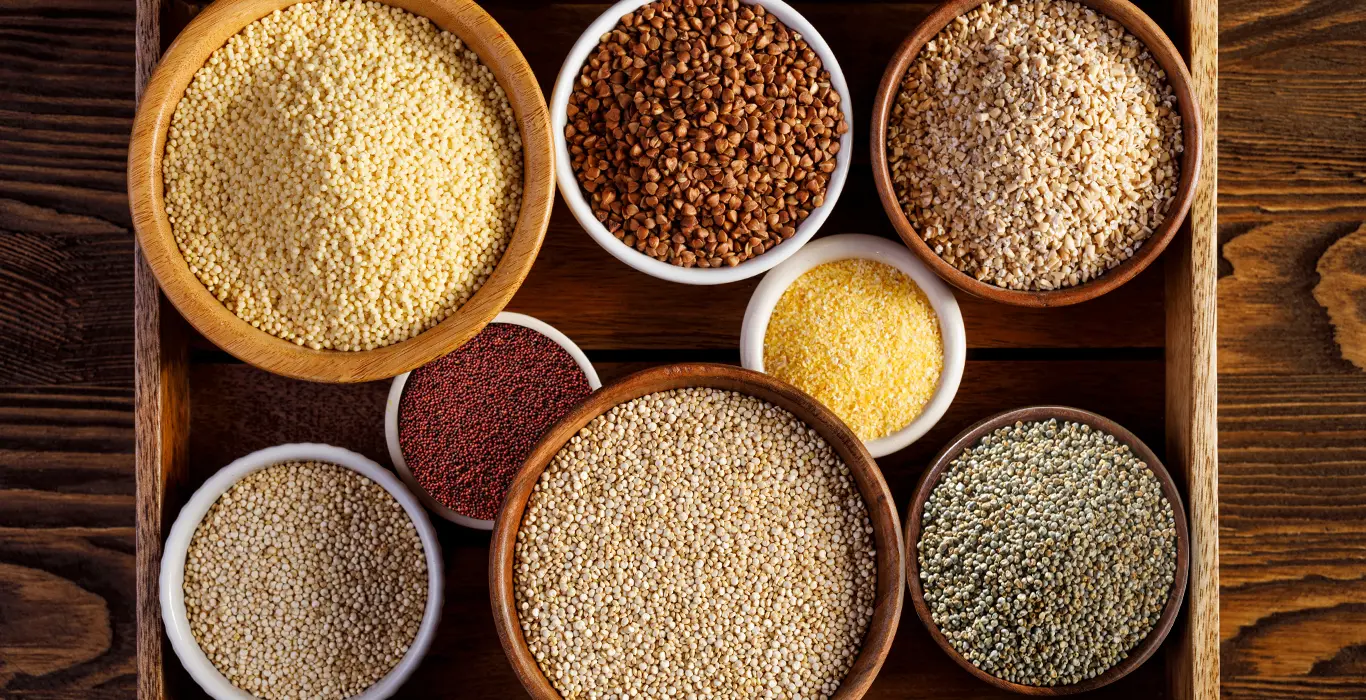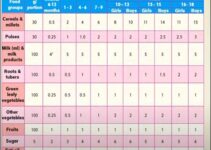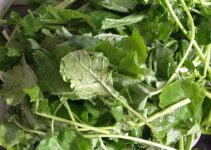2023 is the International Year of Millets
The United Nations General Assembly (UNGA) declared 2023 as the International Year of Millets after India’s proposal, which was supported by 72 countries. The International Year of Millets 2023 officially started on January 1, 2023. Now, millets are a hot topic of discussion. Besides people’s interest in millet, entrepreneurs are tapping its potential and making it a big brand with great export value. India leads the production of millets with an area of about 12.5 million hectares and has a share of more than 15 per cent of the world’s total production.

7 different types of millets
Millets are often called Nutri-cereals and are considered ‘Superfood’. As far as nutrition points are concerned, millet is superior to wheat and rice because of its richness in protein. Its phytochemicals have therapeutic properties because of their anti-inflammatory and anti-oxidative properties. Millets are available in different shapes and sizes.
- Foxtail Millets: Foxtail Millets are commonly known as Kakum/Kaugini. They are also known as Italian millets. They are small-seeded millet. They are also known for their high yield and short growing season, which makes them a popular crop in many parts of the world. From a nutritional point of view, they are rich in Iron and Calcium. These minerals help in strengthening immunity. These millet also help regulate r blood cholesterol, maintain blood glucose levels and increase HDL cholesterol (good cholesterol) in the body. Foxtail millet is often used to make traditional dishes such as porridge, flatbreads and fermented foods.
- Pearl Millets/Bajra: They are one of the most widely cultivated millets in the world. It is a staple food in many parts of Africa, Asia and South America. It is known for its high tolerance to heat and drought. Bajra is a dense cereal. It contains minerals such as Calcium, Magnesium, iron, and fibre. Regular consumption of Pearl Millet helps in managing Type II Diabetes. It is often used to make traditional dishes such as porridge, flatbreads and fermented foods.
- Buck Wheat: Buck Wheat is an excellent healthy option for healthy food. Its consumption manages obesity, Diabetes and also improves cardiovascular health.
- Little Millets: They are very rich in fibre with lots of minerals like Potassium, Zinc, Iron and Calcium. They also have a good Vitamin B complex and work as an antioxidant. It is a known fact that little millet is also considered for reducing weight and can be taken as a rice replacement.
- Finger Millets: These are also known as Ragi. It’s a staple food in many parts of Africa and Asia. It is known for its high nutritional value, rich in minerals such as calcium, iron and phosphorus. It is also a good source of protein and dietary fibre. Finger Millets are often used to make traditional dishes such as porridge, cakes and flatbreads.
- Proso Millets: They are also known as common millets. They are also a small seeded millet. It is also known for its high yield and short growing season, making it a popular crop in many parts of the world. Proso millet is often used to make traditional dishes such as porridge, flatbreads and fermented foods.
- Sorghum: They are also known as Jowar. It is also known for its high tolerance to heat and drought, making it a popular crop in semi-arid regions. Sorghum is often used to make traditional dishes such as porridge, flatbreads and fermented foods.
Wonder recipes for millet
- Items like Chilla, Dosa, Momos, Pizza and Manchurian are popular.
- Cookies, Rasgulla, Gulab jamun, and cakes.
- Millet Porridge
- Millet Salad
- Assorted Millets
- Millet Risotto
- Millet Idli
- Bajra Roti
- Bajra Khichdi
- Jowar Upma





